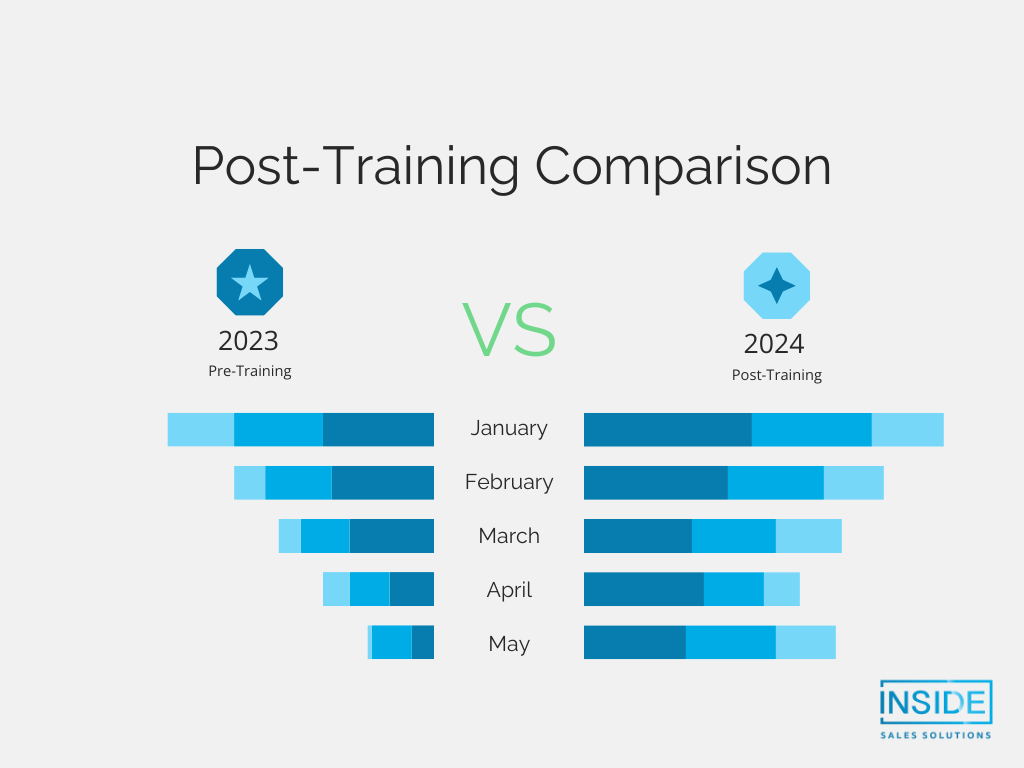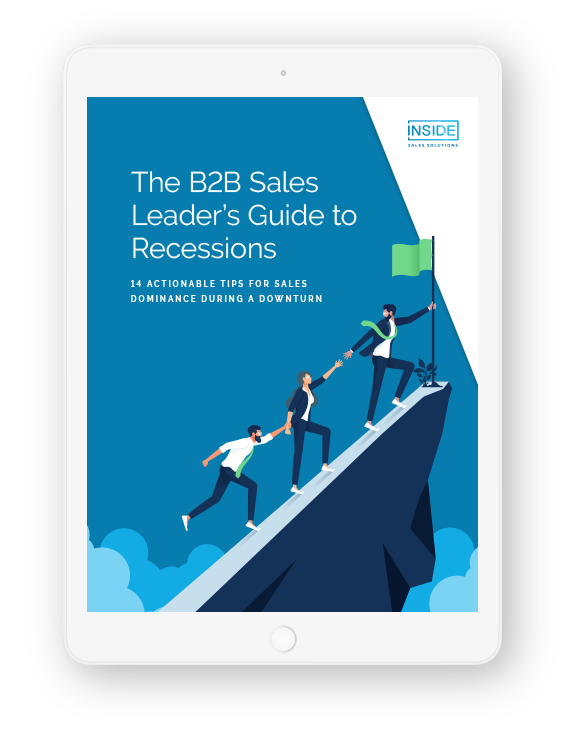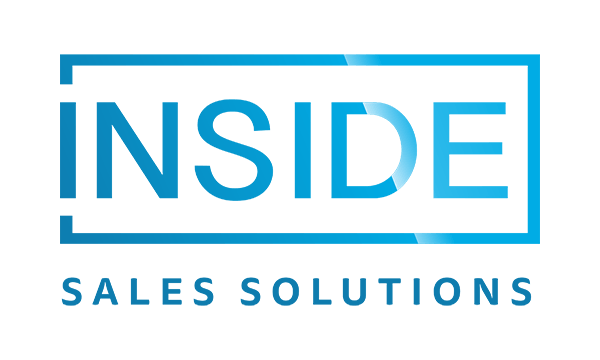Quantifying the impact of sales development training unveils a complex challenge, especially within the fast-paced B2B SaaS space. It’s a domain where product innovations and market dynamics are in perpetual flux, making the task of determining training effectiveness difficult. The goal extends beyond surface-level metrics, aiming to align the fruits of training endeavors with the overarching strategic visions of our businesses.
Unveiling the Metrics That Matter
Diving into sales metrics and how we can use them to evaluate training effectiveness, we encounter traditional signs like surges in revenue and improved deal-closure ratios. Look at your sales team’s measurable indicators before and after sales training: how many appointments did they book for the month? How many appointments are converting to next steps? It is not unusual to see an influx of top-of-funnel pipeline opportunities when your sales team has the right training.

Utilizing Your CRM and Analytical Prowess
CRM platforms and analytical tools stand as pivotal allies in interpreting data and ensuring alignment across sales and training metrics. The advent of AI and sophisticated analytics has revolutionized our capacity to gather deep, actionable insights, enabling a more nuanced evaluation of training outcomes.
The Subtleties of Behavioral Transformation
However, evaluation doesn’t end with numerical data. The transformation in sales behaviors post-training provides profound insights into the program’s effectiveness. Consider how your sales team’s behavior has changed since training: has their communication effectiveness improved? Has the overall morale of the team increased?
Qualitative vs. Quantitative Insights
Merging qualitative feedback with quantitative data crafts a holistic picture of training effectiveness. Engaging in candid discussions and leveraging surveys can highlight various perspectives and insights, enriching our understanding beyond mere numbers.
So, you know how to measure the effectiveness of your training. How do you improve your training for future SDRs?
Nurturing a Culture of Continuous Improvement
Embracing continuous learning and constant refinement is key to staying ahead. It’s a good idea to touch base with your SDR team and get their take on the training process. What worked for them? What could we do better? By encouraging an open dialogue about the impact and efficiency of our training initiatives, we ensure that our strategies are nimble and well-suited to the dynamic nature of the sales environment.
In sum, the journey to effectively measure the impact of sales development training is intricate yet immensely rewarding. It demands a delicate balance between empirical evidence and human experiences. As we navigate the vibrant landscape of sales for B2B SaaS, mastering this equilibrium becomes not just a strategic advantage but a necessity for sustained growth and success.
Considering Outsourced Sales Development?
Take a peak at how B2B sales teams can overcome economic uncertainty.


